The live music scene in Tanzania
By Mandolin Kahindi
This text provides an overview of the live music industry in Tanzania. It traces the history of the scene before looking at some of the major live music venues and festivals, how it is promoted and the challenges that currently restrict its development.
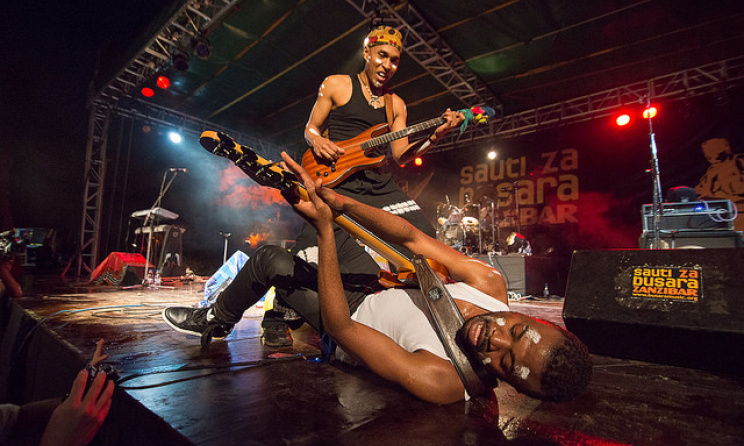 A live performance at the 2012 Sauti za Busara Fest. Photo by Busara Promotions.
A live performance at the 2012 Sauti za Busara Fest. Photo by Busara Promotions.
In the first decades of the 20th century, soukous bands from Belgian Congo and French Congo were very popular across Eastern Africa. In Tanzania, both traditional and dance music were performed live at public occasions, often just for fun.After Tanzania became independent in 1961, a sponsorship system was introduced by PresidentJulius Nyerere's government, whereby bands would be financially supported by government departments or other national institutions. One of the major ’dansi’ bands of this era was the NUTA Jazz Band, which was named after its sponsor, the National Union of Tanzania. At the same time, bands gradually came to be managed like profitable companies: the band owned the instruments, and musicians were employees, either earningoccasional wages or a regular salary.
Live dance music flourished through the 1960s, 1970s and 1980s, with bands such as Orchestra Safari Sound, Orchestra Maquis Original, International Orchestra Safari Sound and DDC Mlimani Park Orchestra battling to be the audience's favourite. Competition was in fact an important part in the music industry’s development and music festivals were usually in the form of contests. Each band typically had its own fan base, much in the venue of sporting teams. The then District Development Centers (DDC) built in every district were mostly used as venues for these performancesby live bands and traditional groups, as well as film and other development programmes. The fans paidan entrance fee to attend these shows. DDCs are no longer used for these activities today.
When socialism collapsed in Tanzania in the mid-1980s, the government-controlled music industry gave way to a vibrant independent music scene. In time, new genres like Bongo Flava emerged. This change was partly influenced by the evolution of European and American music production, where the digital technology ushered in by computers replaced the old analogue production techniques. As a result, musicians started to perform using playback instead of live accompaniment.
Venues
Relatively few venues in Tanzania are dedicatedentirely to live music. A relevant challengethat applies to most live venues in Tanzania is that venues are not purpose-built for live music performance, and therefore require finances and manpower to build temporary setups for stage, sound and lights every time a live music event is organized. Venues generally work with one group once a week over a long period of time and focus on their core business, which is selling beverages and food. These venues are important cultural spaces but are limited to only promoting a few popular bands that are willing to commit to performing on a weekly basis.
Dar es Salaam’s music scene is diverse and venues cater mainly to local tastes. Different venues have different styles of music on offer, and this has categorized party-goers likewise. For instance, popular Bongo Flava, which typically has younger followers, hosts most of its events in nightclubs. The main platforms that have dedicated purpose-built space for music in Dar es Salaam are cultural institutions likethe Goethe-Institut[i], Alliance Francaise[ii],Nafasi Art Space[iii], House of Culture[iv],The Beat Festival[v] andDar Live[vi], an important large performance space in theMbagala area of Dar es Salaam.
The main performance venues in Arusha are Empire Club and Via-Via Arts Centre[vii]. In Zanzibar there arefewdedicated, professional venuesdedicated to live shows, although performances are common during festivals, for example. In other parts of the country, live events,including corporate events and wedding ceremonies,are typically held in hotels and restaurants.These include Villa Park Resort[viii] in Mwanza, and Tushikamane and Bwalo la Umwema in Morogoro.
Tours and festivals
There are numerous popularoutdoor music festivals in Tanzania. Arguably the biggest of these are the Serengeti Fiesta, organized by Primetime and Clouds FM[ix], and the Kilimanjaro Music Tour. Other musicfestivals in Tanzania include Sauti za Busara[x] in Zanzibar, the Bagamoyo Festival of Arts and Culture[xi] and theJahazi Festival[xii] in Zanzibar. Others festivals with a strong live music componentinclude theZanzibar International Film Festival (ZIFF)[xiii], OkoaMtaa Festival[xiv](also known as Saving Underground Artists) in Arusha, Makuya Festival[xv]in Mtwara and Wagogo Festival in Dodoma.
Tanzania‘s music scene is very disjointed, which leads to numerous independent initiatives that are not always very visible. There are a few local bands, traditional groups and solo musicians who tour to foreign countries. However, these tours are not large-scale performances. They tend to be organized around a specific purpose based on the nature of the invitation. Some of these festivals include Umoja Flying Carpet[xvi], a regional project which features performances and a festival. It also provide training camp and networking prior to the regional annual performances, which take place in Uganda, Kenya, Ethiopia, Tanzania and Mozambique.
International artists come to perform in Tanzania but the biggest obstacle to the success of these events is the high entrance fees charged by the promoters and organizers. One reason for the high fees is that organizers are required to pay a fee ofTsh. 1, 000 000 to the National Arts Council[xvii] in order for the international musicians to perform in the country.To avoid these fees, many local organizers opt to stage free-entrance concerts, whichthen hinders the generation of income and the sustainability of the organizing company.
Promotion
There are companies that provide promotion and sponsorship to live music. These include Prime Time Promotions[xviii], East Africa Radio and Television[xix], Times FM[xx], E-FM, brewing companies and mobile service providers. There are also funding opportunities offered by development organizations, although these require an event to have clear objectives that align with the funder’s objectives. These organizations include the European Union[xxi], USAID[xxii] and international cultural centres and embassies in Tanzania. There are very few managers involved with live bands. Some of themare Christine ‘Seven’Mosha, Edward Lusala and Asha Baraka, who manages Twanga Pepeta Band.
There have arguably not been enough efforts from artists themselves to promote live music.Live music may havebeen taken for granted, even though musicians and promoters complain about the lack of media coverage and sponsorship. According to Kelvin Erasmus, creative coordinator at MuDa Africa: “Despite the fact that there are music promoters, the main genre of music they promote is Bongo Flava, which is hardly performed live”.
Nevertheless, there are a few Bongo Flava artists who do perform live, such as Lady Jay Dee, Fid Q, Banana Zorro, TID and some artists from Tanzania House of Talent[xxiii]. Other popular live actsinclude Yamoto Band, African Revolution Band, Afrikwetu Band, Afro Beats Band & Bilali Bombenga, FM Academia, Jhikoman &Afrikabisa Records, Mapacha Watatu Band, Mrisho Mpoto & Mjomba Band, Mzungu Kichaa & Bongo Beat, Shikamoo Jazz Band, The Kilimanjaro Band (aka WanaNjenje), THT Band, TwangaPepeta (aka The African Stars Band), Yvonne Mwale& Band, Tunaweza Band and Vitali Maembe & The Spirits Band.
Challenges and the way forward
Numerous challenges face the live music industry in Tanzania. Firstly, in both rural and urban areas, few people are prepared to pay for live music, even if they do appreciate good music and musicians. Unfortunately, the majority of fans are content for musicians to put on playback performances without live accompaniment. Clearly, the public relates more closely to the Bongo Flavacelebrities than their music itself. There are cases where people pay 50,000/- for a Bongo show employing playback, which begs the question: what are they really paying for,the art or the artist?The problem might be caused by local media, who do not give enough support to live music.
A second challenge is the lack of skills and training.A large number of musicians in Tanzania do not have the skills to organizeor even perform live music. This is due to a lack of educational institutions, teachers or mentorsto provide skills in live music. However, there are few not-for-profit and private institutions that offer training in music and live performance. These include the Dhow Countries Music Academy (DCMA)[xxiv] in Zanzibar, Music Mayday[xxv], Music and Dance Africa (MuDa)[xxvi] and Action Music Tanzania[xxvii], which provide special training for musicians and music teachers.Other higher institutions offering music training are the University of Dar es Salaam[xxviii], Tumaini University Makumira (TUMA) in Arusha[xxix], University of Dodoma[xxx] and Bagamoyo Arts College (TASUBA)[xxxi].
There are various initiatives aimed at promoting aspiring young Tanzanian musicians. Some host competitions and others open-mic sessions where aspiring musicians are encouraged to participate. They include the Goethe-Institut, Alliance Francaise, Culture and Development East Africa (CDEA)[xxxii] and few others who invest in music education.
That said, a lot still needs to be done in terms of developing young talent to the level where they can sustain themselves as professional musicians.Some initiatives have been by opportunists taking advantage of the situation and coming up with programmes that hardly live up to expectations.
In a recent meeting with artists, a number of other challenges were raised. Theseincludea lack of resources for stakeholders involved in live music - such as large line array PAsystems, stage and lighting equipment,skilled technical crews (such as sound engineers), managers and financial constraints when it comes to organizing events –including planning, marketing, media coverage and the overall management of events.Limited access toinstruments is another challenge in live music. The artists suggest that capacity-building and training workshops need to be organized to address these issues that restrict the growth and sustainability ofTanzania’s live music scene.
[i]http://www.goethe.de/ins/ts/dar/enindex.htm [ii]http://afdar.com/ [iii]http://nafasiartspace.org [iv]http://www.houseofculture.or.tz/ [v]https://www.facebook.com/TheBeatFestival [vi]https://www.facebook.com/pages/DAR-LIVE-at-Mbagala/205608572867372 [vii]http://www.viaviacafe.com/en/arusha [viii]https://www.facebook.com/villaparkresortandclub [ix] http://www.cloudsfm.co/ [x] http://www.busaramusic.org/ [xi] https://www.facebook.com/pages/Bagamoyo-Festival-of-Arts-and-Culture/854... [xii]http://www.jahazifestival.com/ [xiii]http://www.ziff.or.tz/ [xiv]https://www.facebook.com/events/257382351100393 [xv]http://makuyafestival.blogspot.com/ [xvi]www.umojacfc.com [xvii]www.artistsoftanzania.org [xviii] http://primetimepromotions.com/ [xix] http://www.eastafricaradio.com/ [xx] https://www.facebook.com/Experience.Africa [xxi] http://eeas.europa.eu/delegations/tanzania/index_en.htm [xxii] http://www.usaid.gov/tanzania [xxiii] http://tht.co.tz/ [xxiv] http://www.zanzibarmusic.org [xxv] www.musicmayday.or.tz [xxvi] https://www.facebook.com/MuDaAfrica [xxvii] http://amtz.org/ [xxviii] https://udsm.ac.tz/ [xxix] http://www.makumira.ac.tz/ [xxx] http://www.udom.ac.tz [xxxi] http://www.tasuba.ac.tz/ [xxxii]www.cdea.or.tz










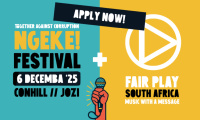




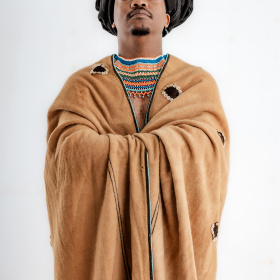
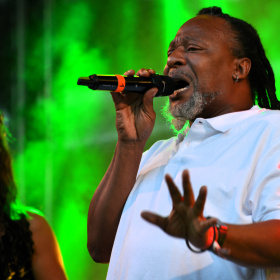
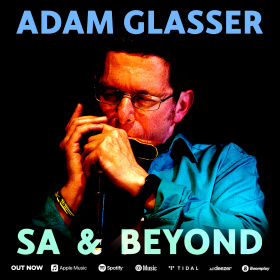
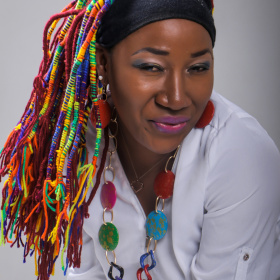

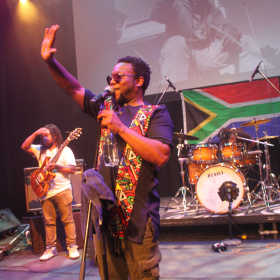

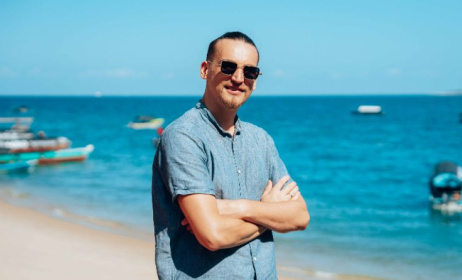

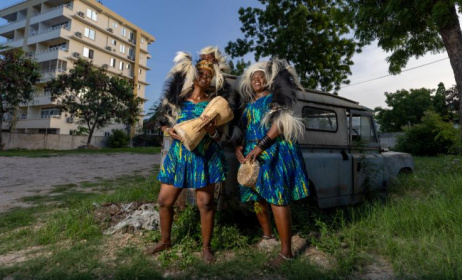






Comments
Log in or register to post comments